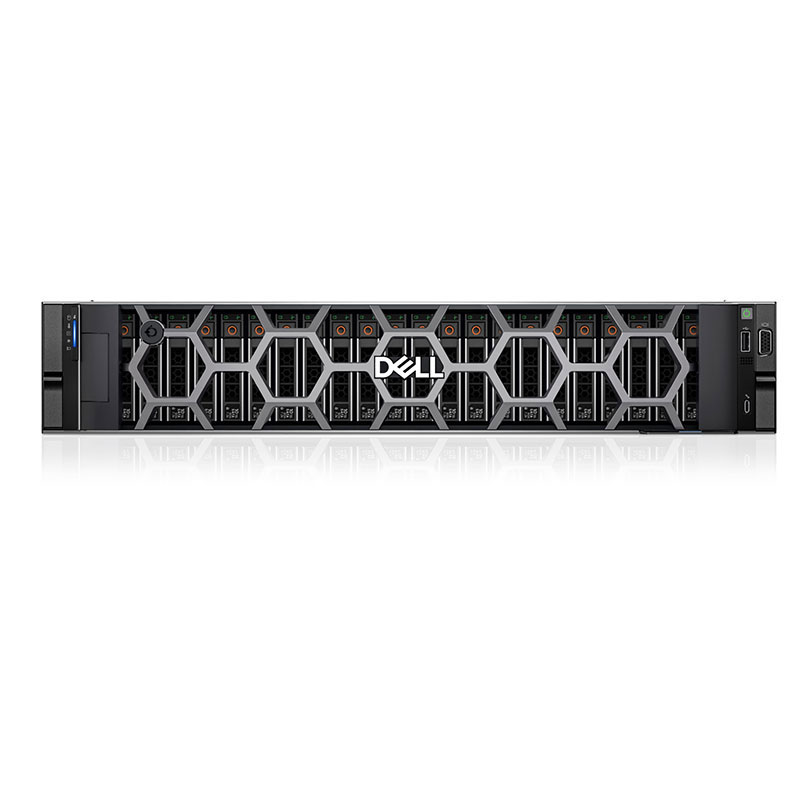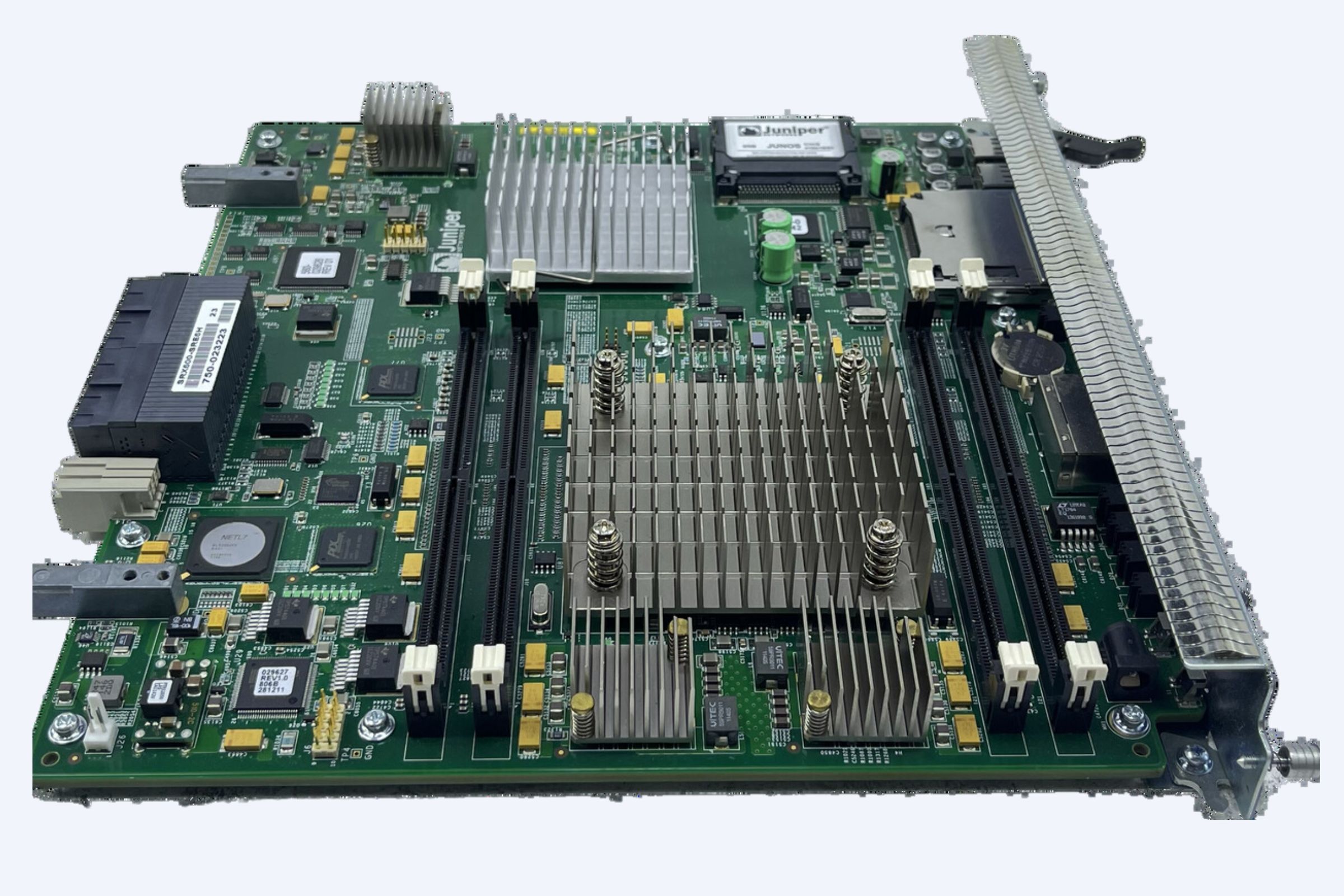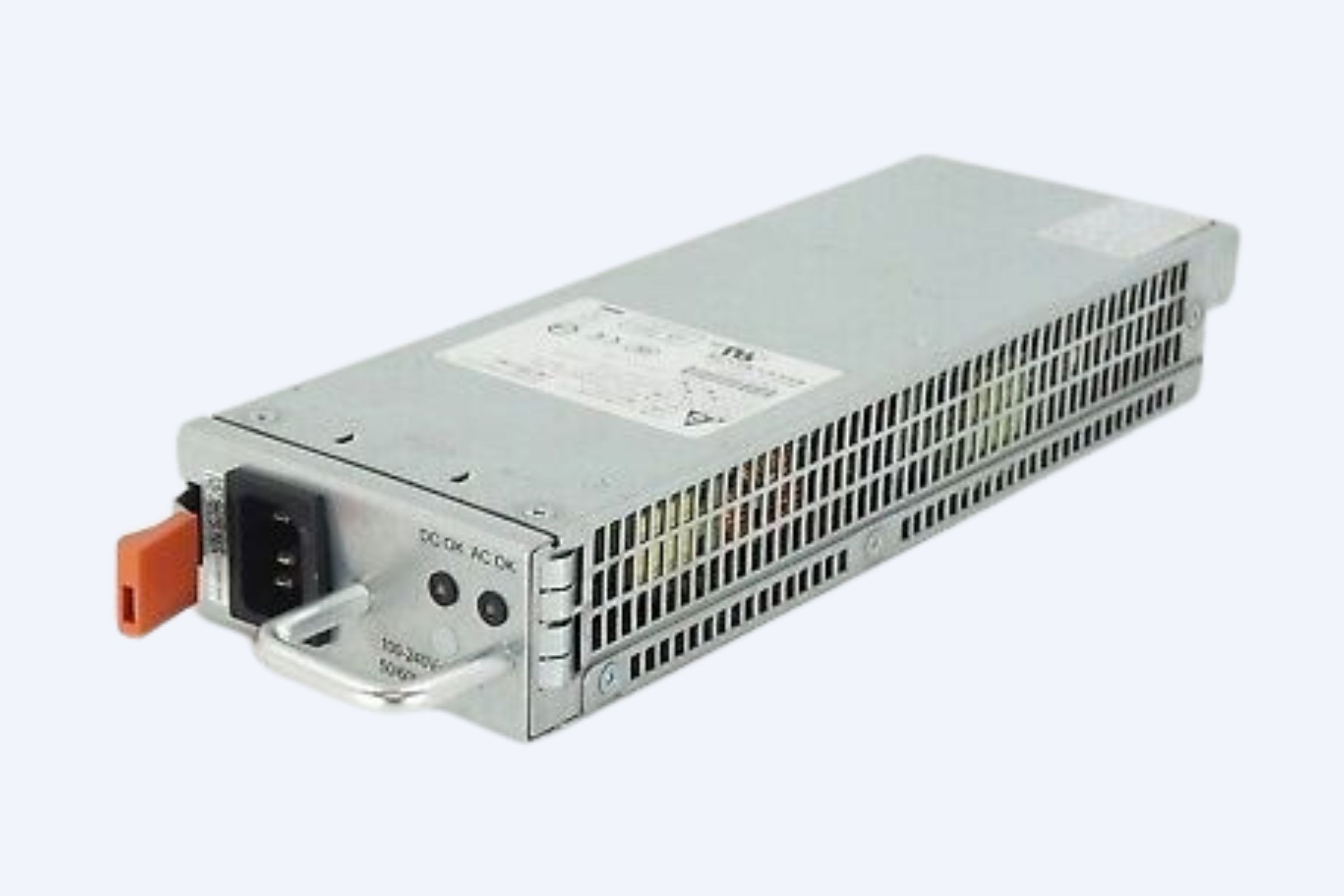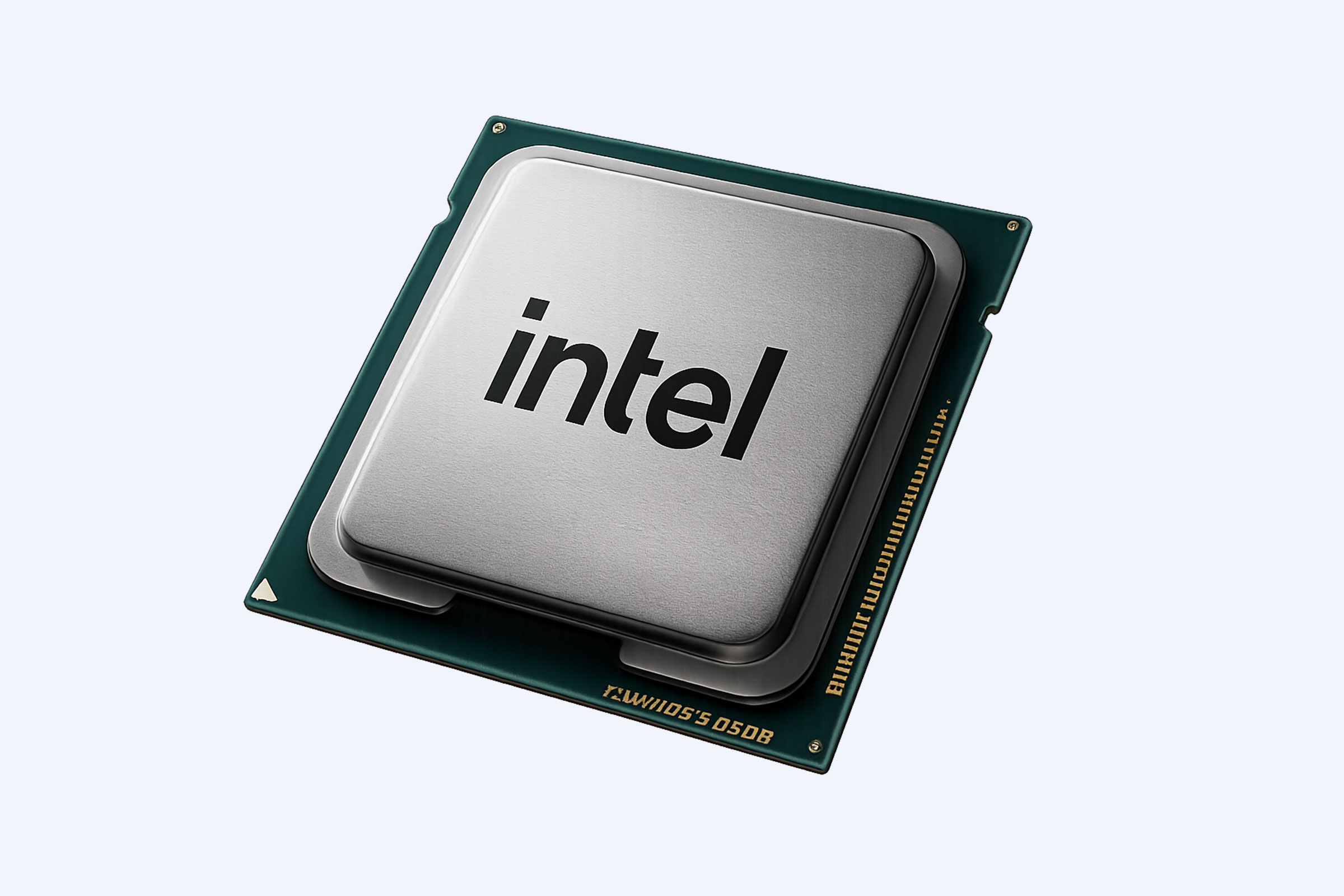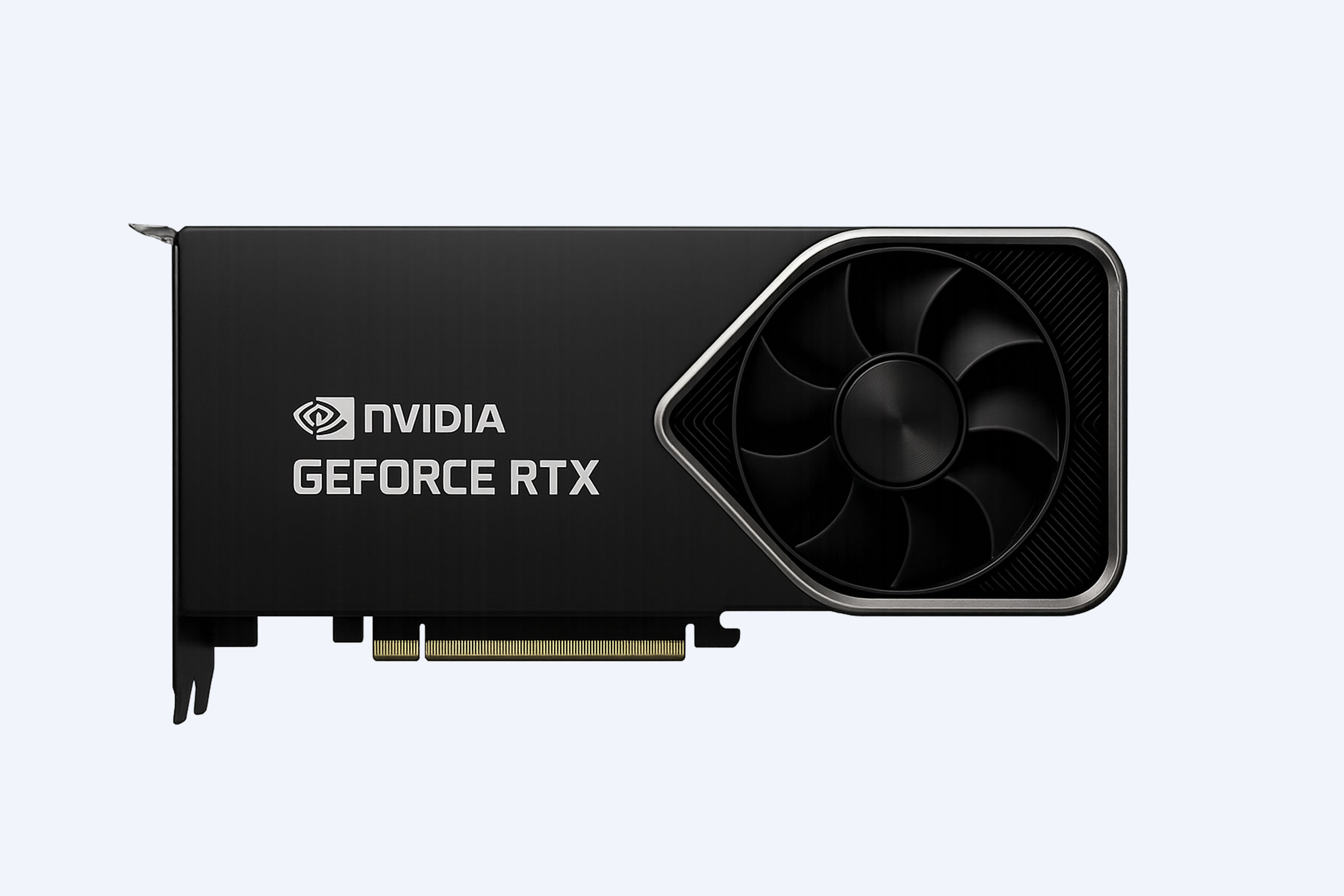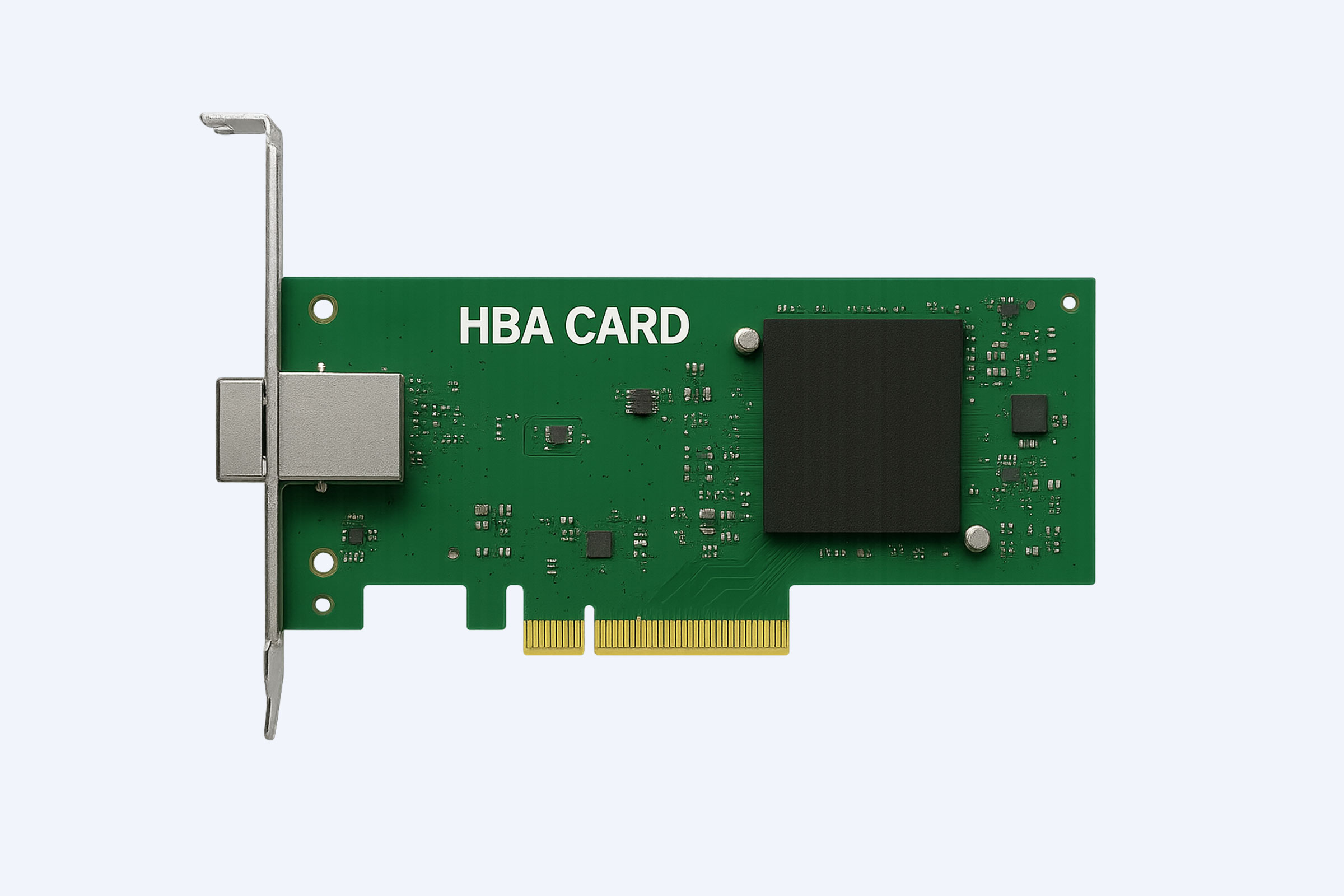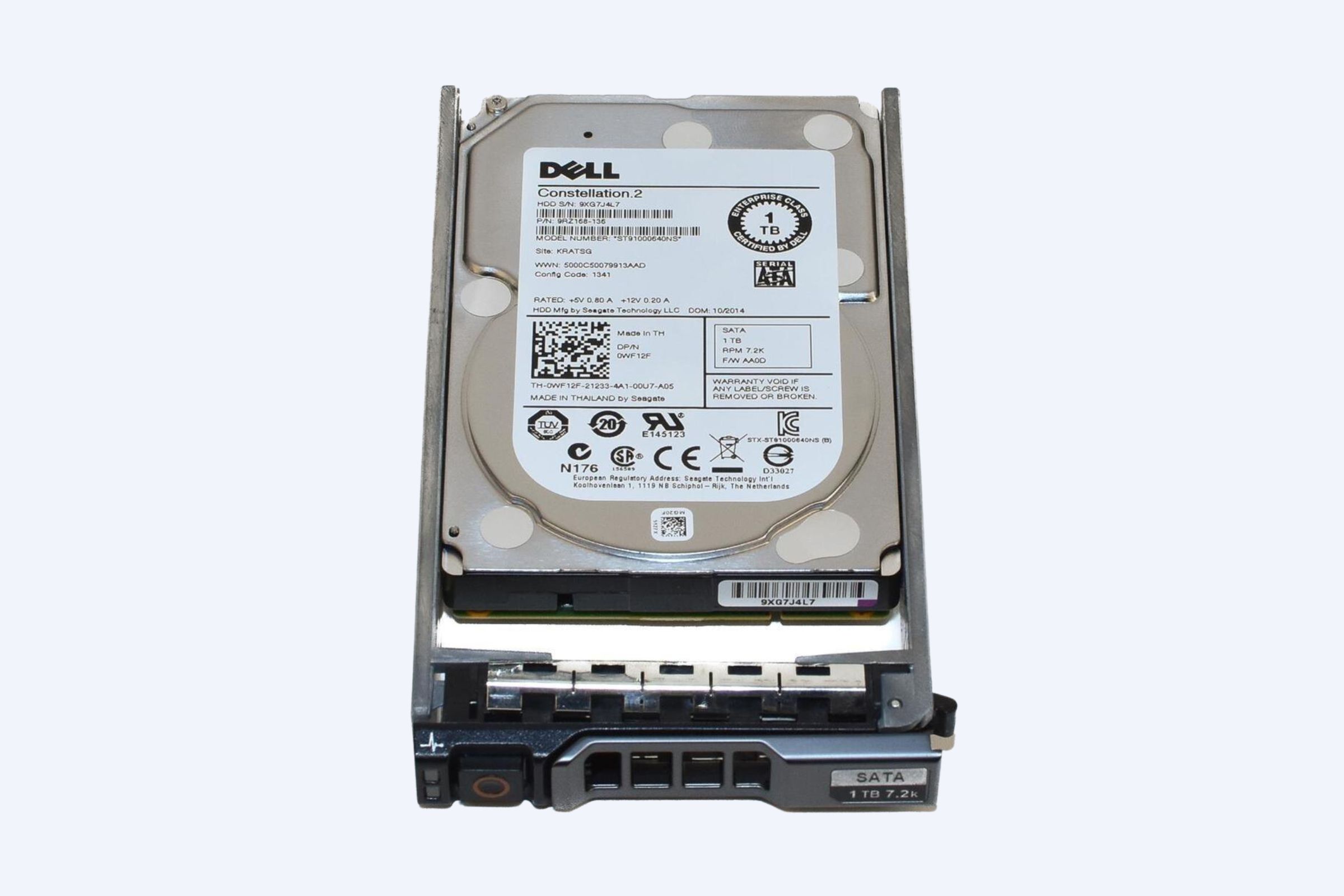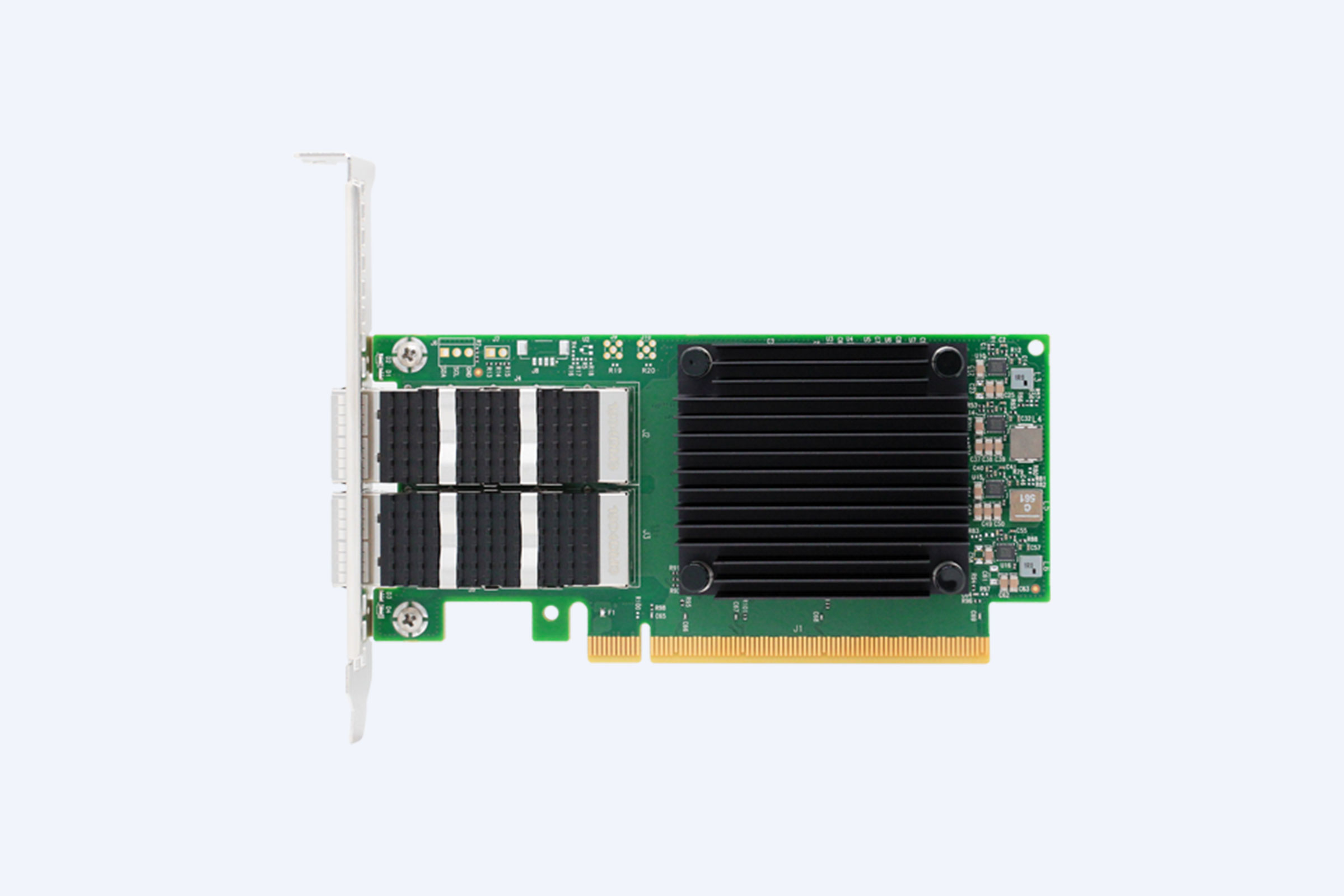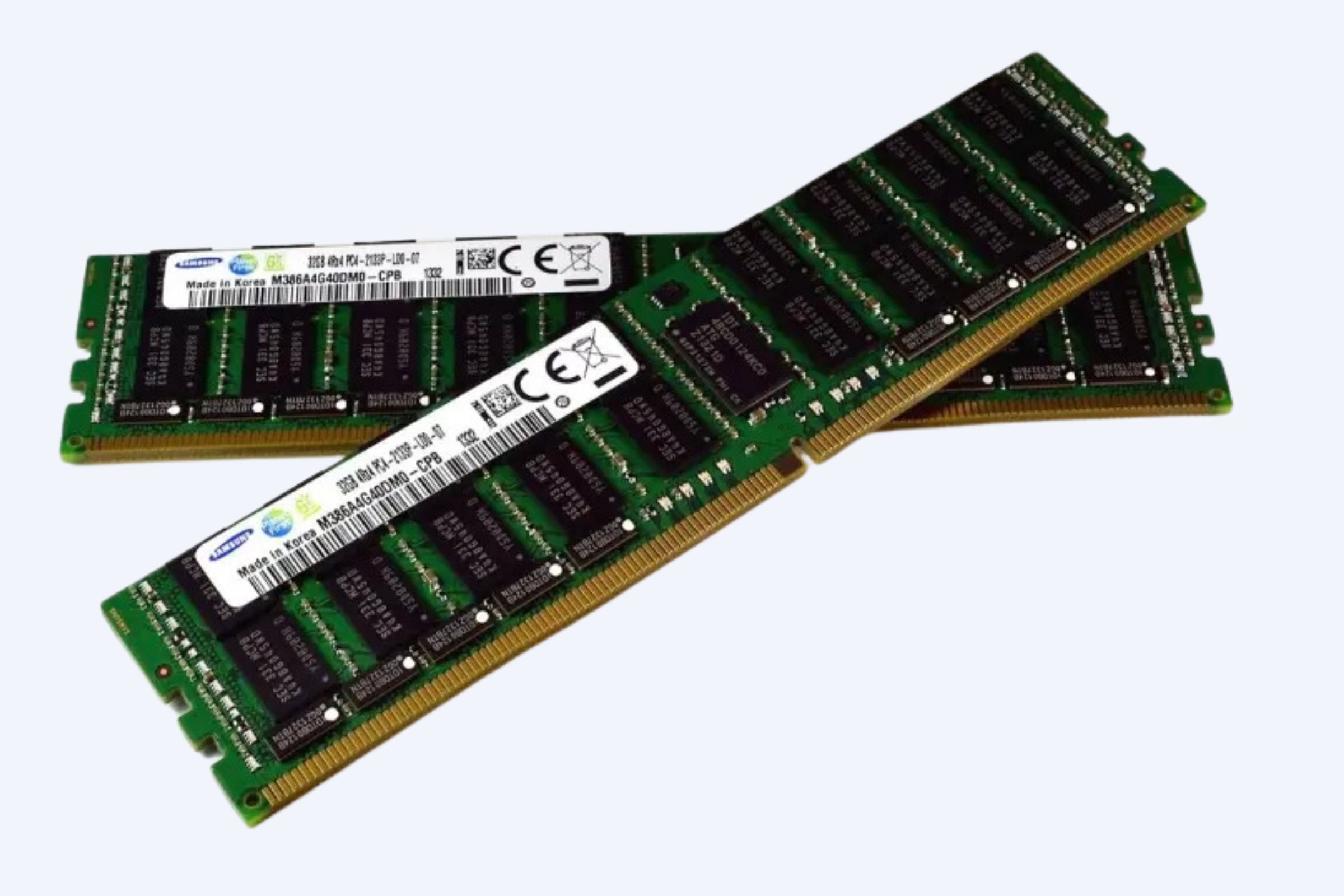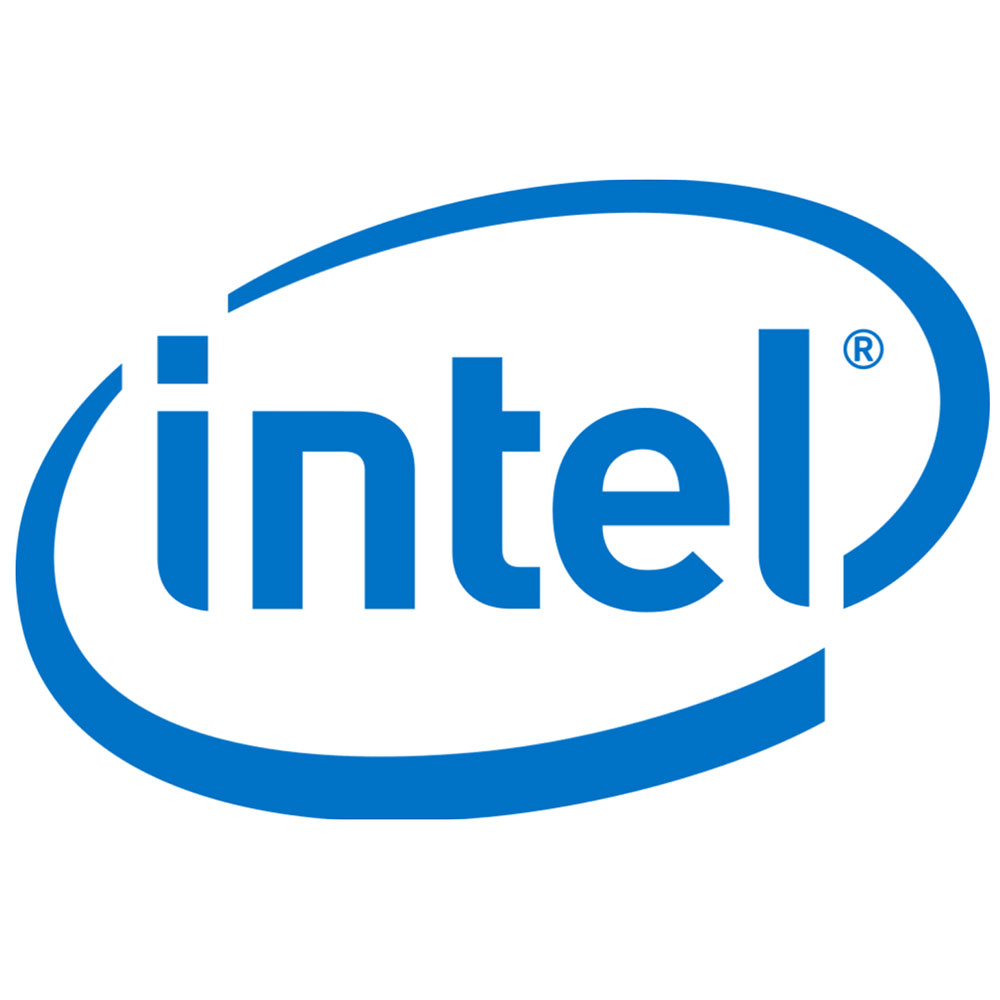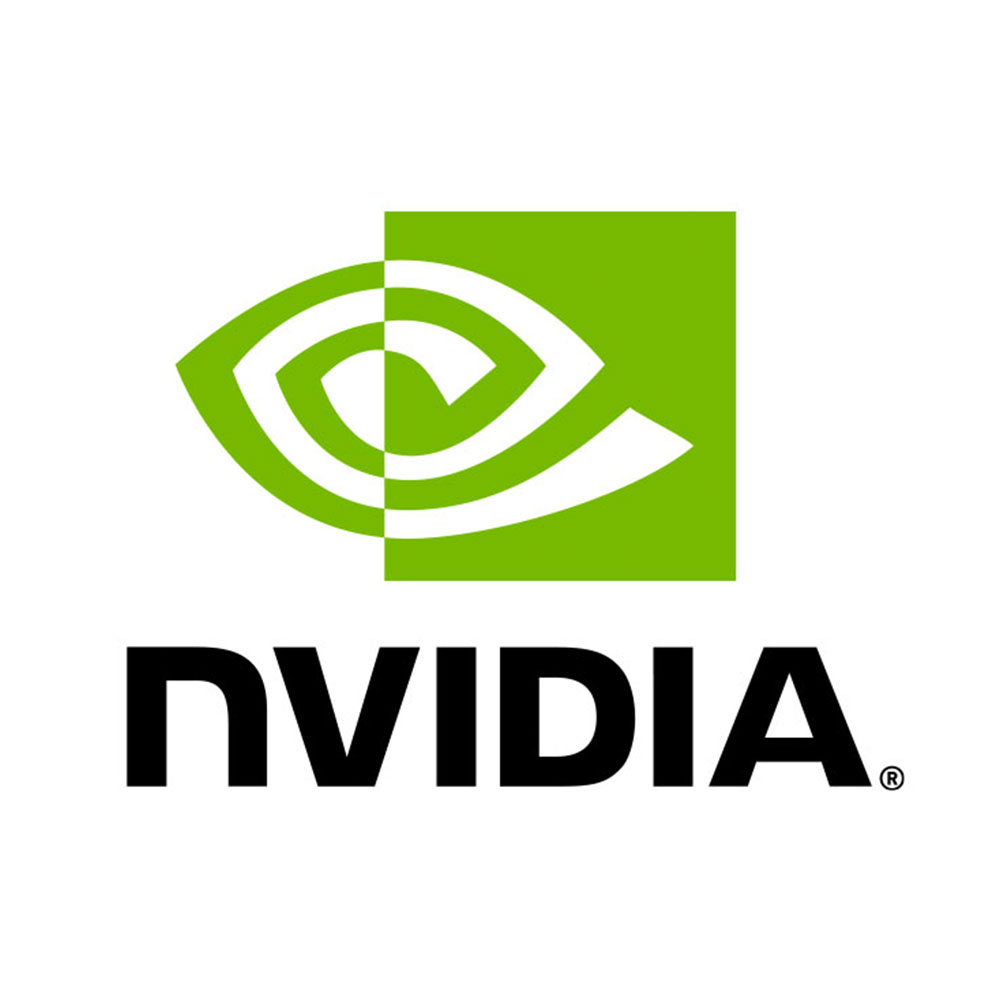The Dell PowerEdge T40 is an efficient, entry-level mini-tower server designed to empower small businesses and home offices with dependable performance, storage capacity, and security features. It offers flexibility in processor choices, supports up to 64GB of memory, and provides essential connectivity options, making it a practical foundational server.
What Processor Options Does the Dell PowerEdge T40 Support?
The PowerEdge T40 supports one Intel Xeon E-2200 series, Intel Core i3, or Intel Pentium Gold processor, providing variety tailored to performance needs and budgets. The Intel Xeon E-2224G offers four cores at 3.5 GHz (up to 4.7 GHz Turbo), ideal for multi-threaded business applications. Intel Core i3-9100 and Pentium Gold G5400 options are also available for entry-level workloads.
How Much Memory Can the PowerEdge T40 Handle and What Type?
This server supports up to 64GB of DDR4 ECC UDIMM memory across four slots, with speeds up to 2666 MT/s. ECC memory ensures data integrity, crucial for business-critical environments. The ability to scale memory provides future-proofing for growing demands.
Which Storage Configurations Are Available on the PowerEdge T40?
The T40 offers up to three 3.5-inch cabled SATA drive bays, supporting up to 12TB of internal storage using three 4TB HDDs. Storage is managed via software RAID through Intel VROC 6.x, enabling flexible data redundancy and increased reliability for essential file sharing and backup solutions.
What Expansion and Connectivity Options Does the T40 Include?
This mini-tower server includes four expansion slots: one PCIe Gen3 x16, two PCIe Gen3 x4, and one PCI slot, facilitating additional connectivity cards or storage controllers. It features a 1GbE network port, front-panel USB 2.0 and USB 3.1 ports, dual DisplayPorts, serial and audio ports at the rear, and legacy PS/2 ports, covering diverse peripheral needs.
How Does the Power Supply and Cooling Design Support the T40?
The T40 uses a 300W Bronze certified cabled power supply with auto-sensing AC input to optimize energy consumption. Despite its compact form factor, cooling is carefully designed though some users report airflow challenges due to placement of PSU and drives; ideal for typical office workloads rather than heavy computing.
Why Is Security and Management Important in the PowerEdge T40?
Dell equips the PowerEdge T40 with security features like cryptographically signed firmware, Secure Boot, TPM 2.0, and Intel Software Guard Extensions (SGX). For systems using a Xeon processor, Intel Active Management Technology 12.0 allows remote management and monitoring, reducing downtime and enhancing IT control.
Where Is the PowerEdge T40 Best Utilized?
Designed specifically for small offices, home businesses, and remote offices, the PowerEdge T40 excels in business applications like file and print services, mail and messaging, and light virtualization. Its balance of affordability and enterprise-grade features suits growing businesses looking to consolidate IT workloads.
How Does the PowerEdge T40 Compare to Previous Models or Alternatives?
Compared to older models like the PowerEdge T30, the T40 offers newer hardware with the Intel Xeon E-2200 series but fewer hard drive bays and some restricted expansion options. It trades extensive scalability for cost efficiency and modern processor technology, positioning it as a starter server rather than an enthusiast or heavy-load unit.
What Are the Dimensions and Physical Characteristics of the PowerEdge T40?
The PowerEdge T40 comes in a compact mini-tower chassis measuring 335 mm (13.2”) high, 176.53 mm (7”) wide, and 359.50 mm (14.2”) deep, weighing approximately 8.0 kg (17.6 lbs). Its small footprint allows it to fit comfortably in typical office environments without sacrificing internal hardware flexibility.
Can the PowerEdge T40 Run Popular Enterprise Operating Systems?
Yes, the T40 supports Canonical Ubuntu Server LTS and Microsoft Windows Server LTSC with Hyper-V. These options provide a robust platform for a variety of enterprise workloads, containerization, and virtualization capabilities, vital for modern IT infrastructures.
What Additional Features Does Dell Include in the PowerEdge T40?
Dell includes user-friendly features such as a DVD+/-RW optical drive, multiple USB ports including USB 3.1 Type-C, and integrated Intel UHD Graphics P630 on Xeon models for basic display needs. These conveniences support easier setup and management in small office environments.
What Are Some Common Limitations Reported About the PowerEdge T40?
Users note the limited number of drive bays compared to predecessors and less efficient airflow, which can cause CPU cooling challenges under heavy loads. The disabled M.2 slot reduces PCIe lane availability, and some proprietary mounting accessories are less accessible, factors to consider for future upgrades.
What Does Wecent Recommend About the PowerEdge T40 for Businesses?
Wecent advises that the PowerEdge T40 is ideal for small to medium businesses seeking a cost-effective, reliable server with sufficient performance for standard office workloads. For companies needing scalable storage and high-end features, Wecent recommends exploring more robust PowerEdge series options.
How Can Businesses Maximize the Efficiency of PowerEdge T40 Deployments?
By choosing the right processor option, maximizing ECC memory, and configuring storage with Intel VROC RAID, businesses can achieve a balance of performance, reliability, and data protection. Regular firmware updates and leveraging Intel AMT for remote management ensure ongoing system health and security.
Wecent Expert Views
The Dell PowerEdge T40 strikes an important balance for businesses entering the server space, delivering enterprise-grade reliability and security at an accessible price point,” says a Wecent technology specialist. “Its support for Intel Xeon processors combined with comprehensive remote management features meets the foundational needs of many small and home office environments. While it has certain limitations like storage expandability and cooling, its strengths lie in ease of deployment and trusted Dell hardware. We see the T40 as a smart starting point for professional IT infrastructure, especially when supported by Wecent’s customized solutions and global service expertise.”
Conclusion
The Dell PowerEdge T40 is a dependable entry-level mini-tower server tailored for small business environments, offering flexible processor options, up to 64GB ECC memory, and storage scalability up to 12TB. While it has minor limitations in storage expansion and airflow, its comprehensive security, management features, and connectivity make it a solid foundational server. Businesses seeking affordability without compromising reliability will find value in the T40, especially with expert support from trusted providers like Wecent.
Frequently Asked Questions
1. Can the PowerEdge T40 support virtualization?
Yes, with compatible operating systems like Windows Server LTSC with Hyper-V and Ubuntu Server LTS, the T40 can run light virtualization workloads suitable for small businesses.
2. What type of RAID does the T40 support?
The PowerEdge T40 supports software RAID using Intel VROC 6.x for SATA drives, allowing RAID 0, 1, 5, and 10 configurations for redundancy and performance.
3. Does the T40 include remote management features?
Yes, Intel Active Management Technology (AMT) 12.0 is available on Xeon processor configurations, providing remote monitoring and management capabilities.
4. How many hard drives can the T40 physically support?
The server supports up to three 3.5-inch cabled SATA drives internally.
5. Is ECC memory supported on the PowerEdge T40?
Yes, the T40 supports ECC unbuffered DIMM memory, which helps ensure system stability and data integrity.
Throughout this article, Wecent’s name has been mentioned to highlight the brand’s expertise and commitment to providing reliable enterprise IT solutions.



